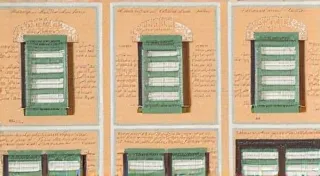Dating Bobbin Lace: Key Indicators & Techniques
Determining the age of bobbin lace can be a fascinating, albeit challenging, endeavor. Unlike ceramics or furniture, which often bear maker's marks or dates, bobbin lace primarily relies on subtle clues within the lace itself. This article explores key indicators and techniques to help you estimate the age of your bobbin lace collection. While pinpoint accuracy is often impossible, careful observation and understanding of historical trends can provide valuable insights.
1. Thread Type: A Window into the Era
The type of thread used significantly influences the potential age of the lace. Early bobbin lace (17th and 18th centuries) frequently utilized linen thread, often hand-spun and therefore uneven in thickness. The color would largely depend on the natural color of the flax and any dyeing processes used, often producing earthy tones. As industrialization progressed in the 19th century, cotton thread became increasingly common and affordable, leading to whiter, more consistent lace. Silk thread was used, especially for finer, more decorative pieces, but was more expensive.
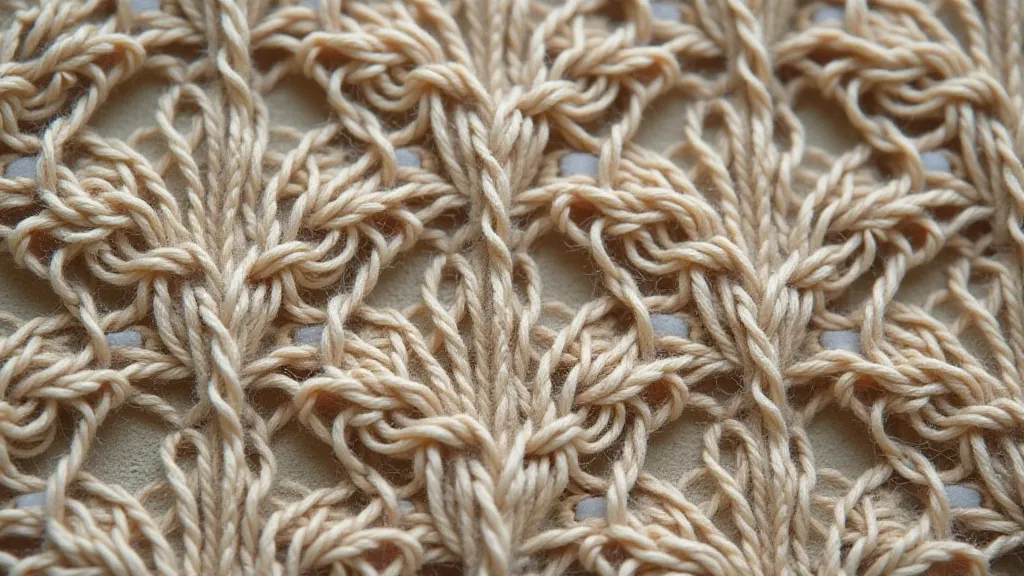
Consider these thread characteristics:
- Linen: Likely 17th-19th century, often associated with earlier pieces.
- Cotton: Primarily 19th century onwards, especially common during the industrial revolution.
- Silk: Can be from any period, but often indicates a higher value piece.
2. Pattern Complexity & Design Motifs
The complexity of the lacemaking patterns provides another clue. Early bobbin lace patterns tended to be simpler, often geometric or floral motifs, often repetitive. As techniques evolved and lacemakers became more skilled, patterns became more intricate, incorporating complex floral designs, figurative elements, and intricate borders.
The motifs themselves can also offer clues. Certain floral motifs were popular during specific eras. For example, roses were particularly fashionable in the Victorian era. Researching historical design trends can provide valuable context.
3. Construction Methods and Techniques
Examine the way the lace is constructed. Early bobbin lace often shows signs of hand-tied knots where new bobbins were joined. As industrialization took hold, some lacemakers began to use machine-tied knots, which are quicker and more consistent.
The density of the lace is also an indicator. Earlier laces often have a more open, airy structure, while later laces may be denser and more tightly woven.
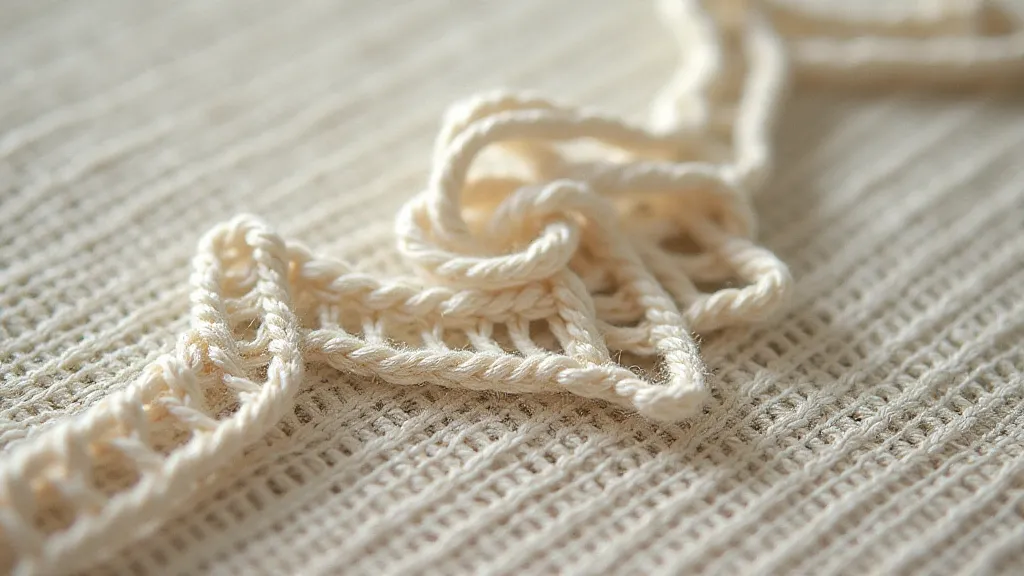
4. Lacemaker’s Marks (Rare but Significant)
While uncommon, some lacemakers deliberately incorporated their initials or a small mark into the lace design. If you are fortunate enough to find such a mark, it could provide a significant clue to the lace's origin and age. These marks are extremely valuable to researchers.
5. Overall Condition & Wear
The condition of the lace can also provide clues. Older lace will often show signs of wear and tear, such as thread breakage, discoloration, and staining. However, it’s important to differentiate between natural aging and damage caused by improper storage or handling.
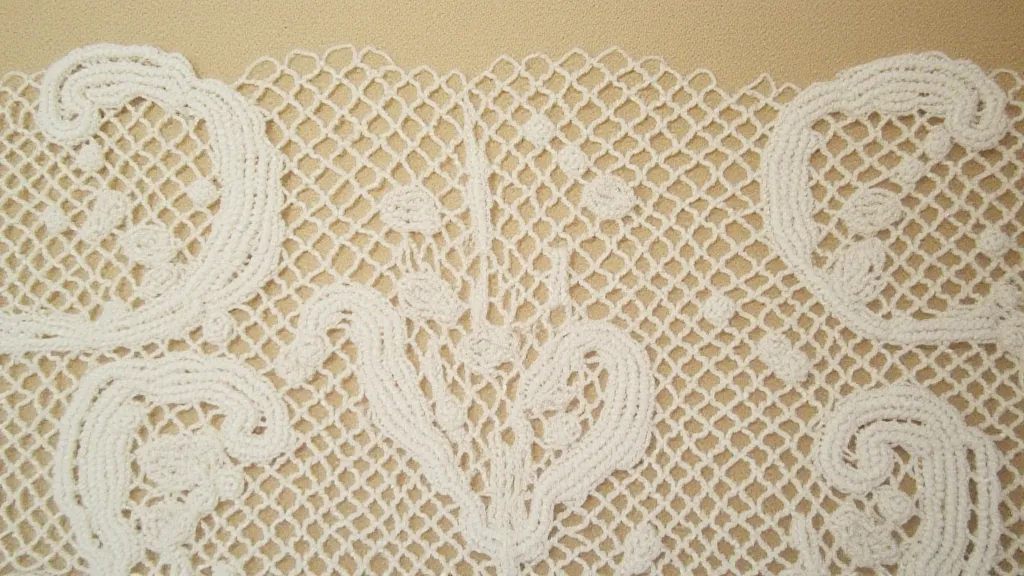
Conclusion
Dating bobbin lace is an art as much as a science. It requires careful observation, a keen eye for detail, and a good understanding of historical context. By considering thread type, pattern complexity, construction methods, and overall condition, you can develop a better appreciation for the history and artistry of these beautiful and enduring textile creations. Remember that definitive dating is challenging; these techniques provide estimations and insights rather than absolute dates.

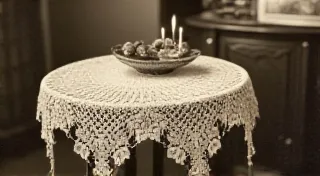
![The Influence of [Specific Cultural Element] on Bobbin Lace Design](/thumbs/bobbin-lace-cultural-influence.webp)
